Zone
Crash of an ATR42-312 in Alghero
Date & Time:
Jan 20, 1998 at 1230 LT
Registration:
EI-COC
Survivors:
Yes
Schedule:
Pisa - Alghero
MSN:
048
YOM:
1987
Flight number:
DRG111
Crew on board:
3
Crew fatalities:
Pax on board:
22
Pax fatalities:
Other fatalities:
Total fatalities:
0
Circumstances:
The encountered high winds on approach and landing at Alghero Airport. Upon touchdown on runway 03, the aircraft encountered unfavorable winds and floated before landing 750 metres past the runway 03 threshold. The aircraft landed hard, nose gear first. The aircraft bounced and landed firmly 1,300 metres further, to the right of the runway. It lost its undercarriage and came to rest after a distance of 400 metres. All 25 occupants escaped uninjured while the aircraft was damaged beyond repair. At the time of the accident, crosswinds were gusting up to 42 knots.

Crash of a Douglas DC-9-32 near Sarroch: 31 killed
Date & Time:
Sep 14, 1979 at 0047 LT
Registration:
I-ATJC
Survivors:
No
Schedule:
Alghero - Cagliari
MSN:
47667/776
YOM:
1975
Flight number:
BM012
Crew on board:
4
Crew fatalities:
Pax on board:
27
Pax fatalities:
Other fatalities:
Total fatalities:
31
Aircraft flight hours:
10000
Circumstances:
The airplane departed Alghero Airport at 0010LT on a short schedule service (BM012) to Cagliari-Elmas Airport, carrying 27 passengers and a crew of four. While descending to Cagliari, the crew was informed that runway 14 was in use with thunderstorm activity and rain falls south of the airport. After contacting the Cagliari Tower controller at 0026LT, the flight was cleared to descend to the transition altitude of 6,000 feet. Having in front of them a consistent formation of Cumulonimbus clouds, the first officer radioed their intention to make a 360° turn to further lower the altitude and thus avoid the cloud formations. The controller, not having traffic in the area, authorized the manoeuvre, and first officer then announced the intention to leave at 7,500 feet for 3,000 feet. The controller then asked the flight if they had visual contact with the ground, but this was not the case. The clearance was amended to go down to 6,000 feet instead of 3,000 feet. At 0030LT the flight reported that it was in visual contact with the ground, and that it was about to leave 6,000 ft for 3,000 ft. The controller confirmed this, adding that it had started to rain at the airport in the meantime. The aircraft however did not complete the planned 360° turn, thus finding itself with a different heading from that initially planned. After reaching 3,000 feet, the flight was cleared for the approach. The first officer confirmed this and announced that they would start the final approach with a slight deviation to the right of the beacon. At 0034LT the first officer asked the controller to confirm that the ILS system was inoperative, which it was. At this stage of the flight the crew became unaware of their position. The captain believed he was flying over the sea, further south than the actual position of the aircraft, while the first officer rightly believed he was flying over the mountainous terrain of southern Sardinia. In the last minute and a half of the flight, the captain asked the first officer to lower the undercarriage and continued the descent. At an altitude of 2,000 feet (610 m) the DC-9 hit the rocky mountainside of Conca d'Oru with the lower part of the fuselage, causing the aircraft to break up. A fire erupted. The point of impact was 18 km south-west of the airport. All 31 occupants were killed.
Source: ASN
Source: ASN
Probable cause:
The accident was the consequence of a controlled flight into terrain caused by a wrong approach configuration on part of the flying crew and a misinterpretation of ATC instructions.
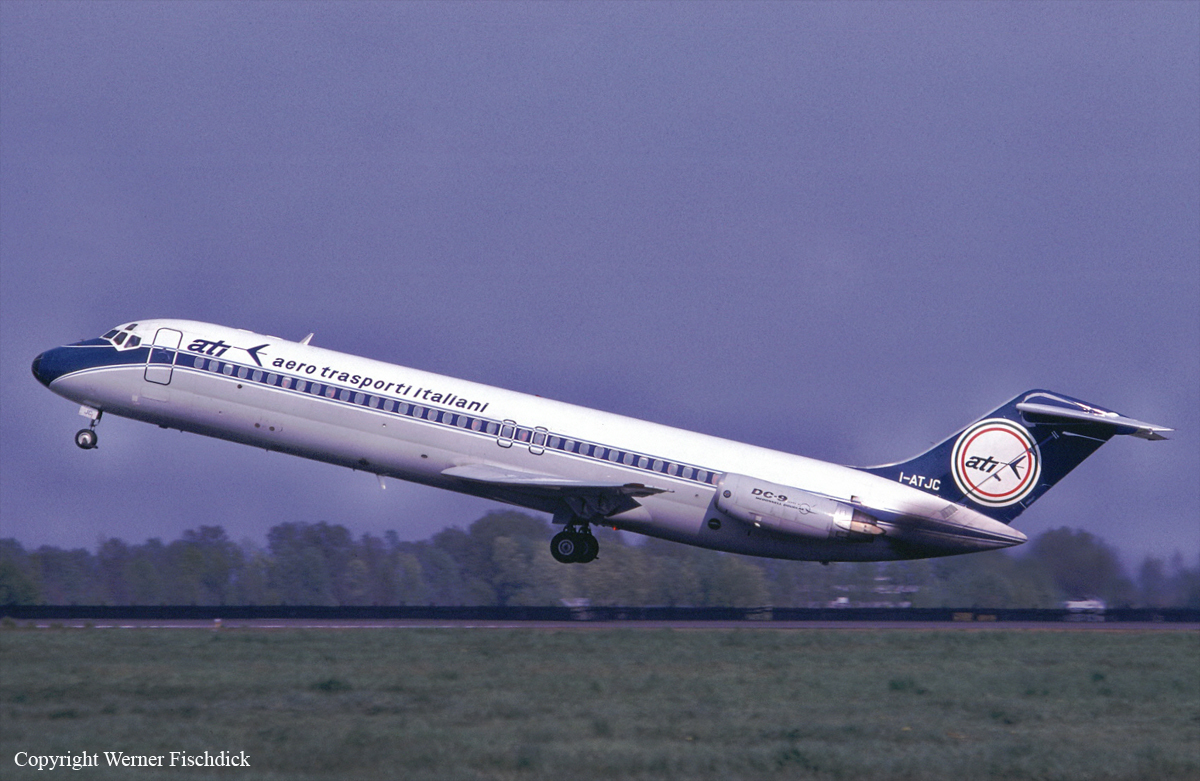

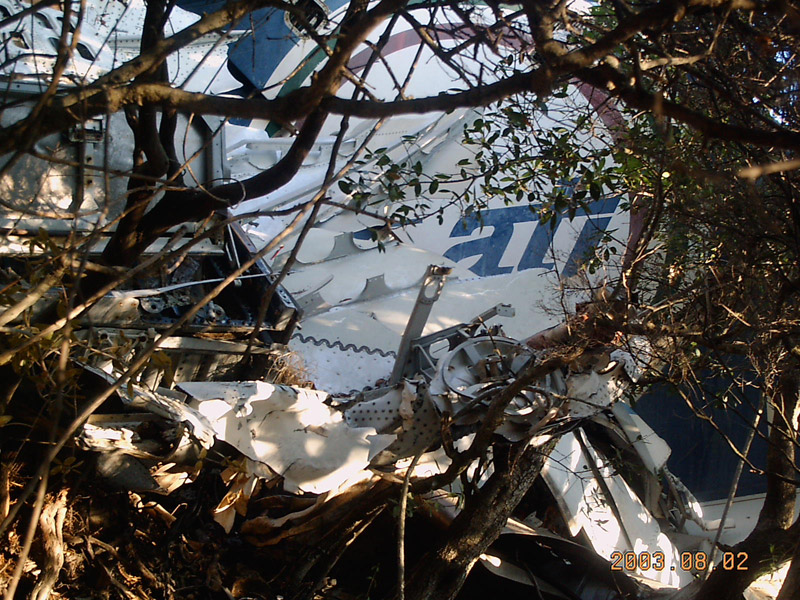
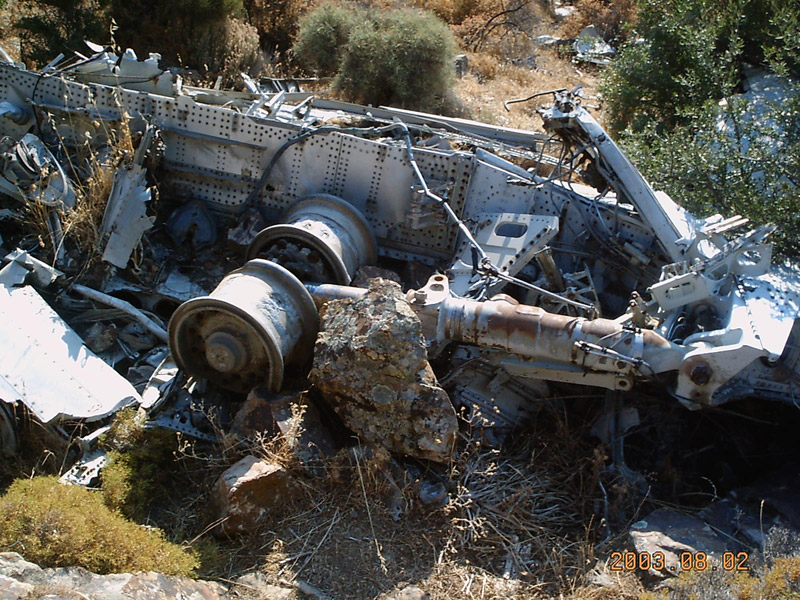
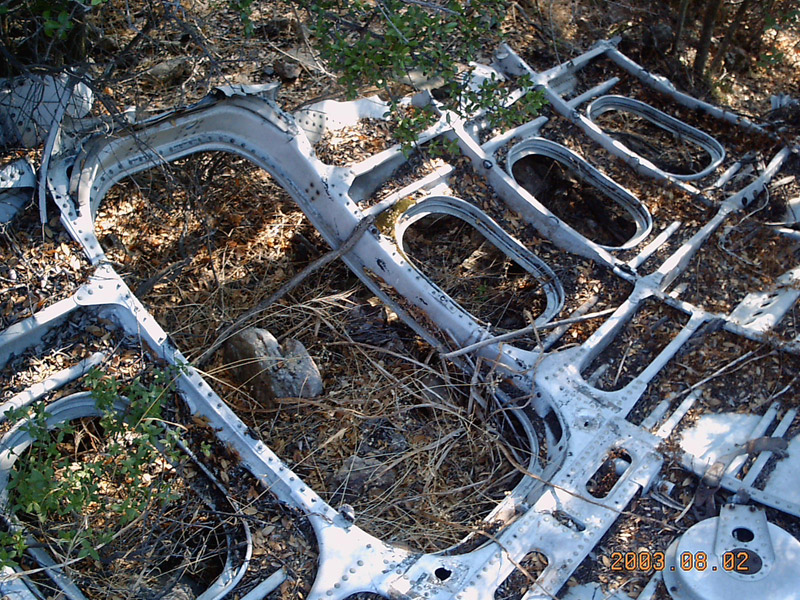
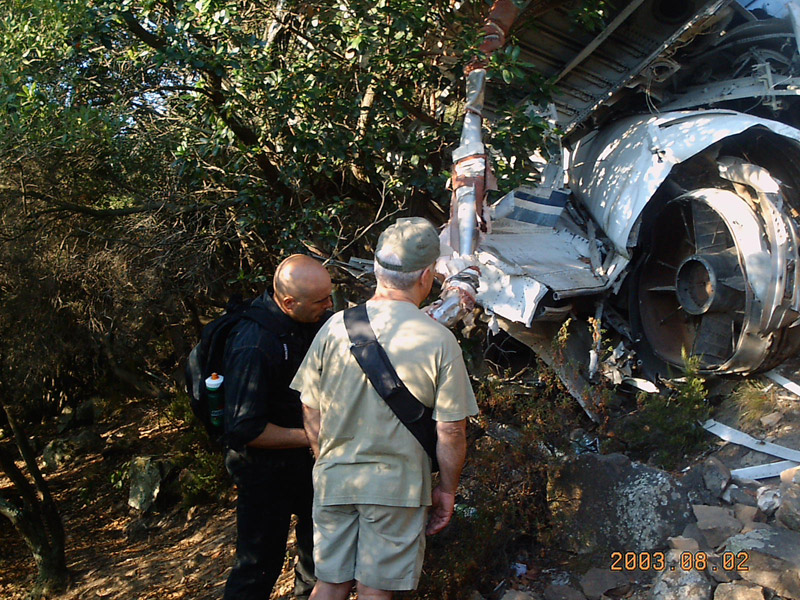
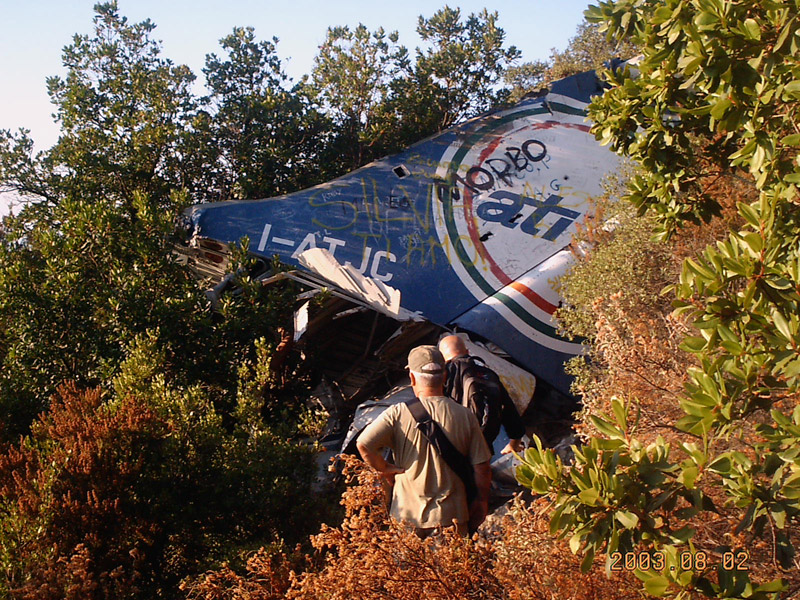
Crash of a Martin B-26A Marauder in Alghero: 6 killed
Date & Time:
Sep 13, 1944 at 1200 LT
Registration:
FK124
Survivors:
No
MSN:
7358
YOM:
1941
Crew on board:
6
Crew fatalities:
Pax on board:
0
Pax fatalities:
Other fatalities:
Total fatalities:
6
Circumstances:
The crew was engaged in a night reconnaissance mission over the Mediterranean Sea. Shortly after take off from Alghero Airport, while climbing, the twin engine aircraft hit a mountain and crashed. All six crew members were killed.
Crew (14th Squadron):
F/O Maurice Trevor Holmes, pilot,
P/O Phillip Matthew Todd, pilot,
Sgt Cornelius Swinnerton Keefe, navigator,
Sgt Walter Herbert Ellis, wireless operator and air gunner,
Sgt Mark Irwin, wireless operator and air gunner,
W/O William Hadyn Scourfield, air gunner.
Crew (14th Squadron):
F/O Maurice Trevor Holmes, pilot,
P/O Phillip Matthew Todd, pilot,
Sgt Cornelius Swinnerton Keefe, navigator,
Sgt Walter Herbert Ellis, wireless operator and air gunner,
Sgt Mark Irwin, wireless operator and air gunner,
W/O William Hadyn Scourfield, air gunner.
Probable cause:
It was determined that the accident was caused by an error on part of the crew who started the take off procedure from the wrong runway. The absence of visibility caused by night was considered as a contributory factor as the crew was unable to distinguish the presence of the mountain.



